In September of 2017, the University Kansas curated a powerful art exhibit titled “What Were You Wearing?” In this art exhibit it powerfully answered the question that many people ask victims of sexual assault after the incident.
The art exhibit showcases the exact outfit an individual wore when they were sexually assaulted. This art exhibit aimed to extinguish the idea that women must be dressed whorishly to be sexually assaulted. The clothes are placed with a direct quote from the survivor explaining the outfit. Some outfits are from childhood sexual assault victims which show a loss of innocence at such a young age.
This art exhibit is a powerful representation that works to fight the idea that women are only assaulted when minimally clothed. Women are regularly assaulted no more in a bikini than in a pair of jeans and t-shirt.

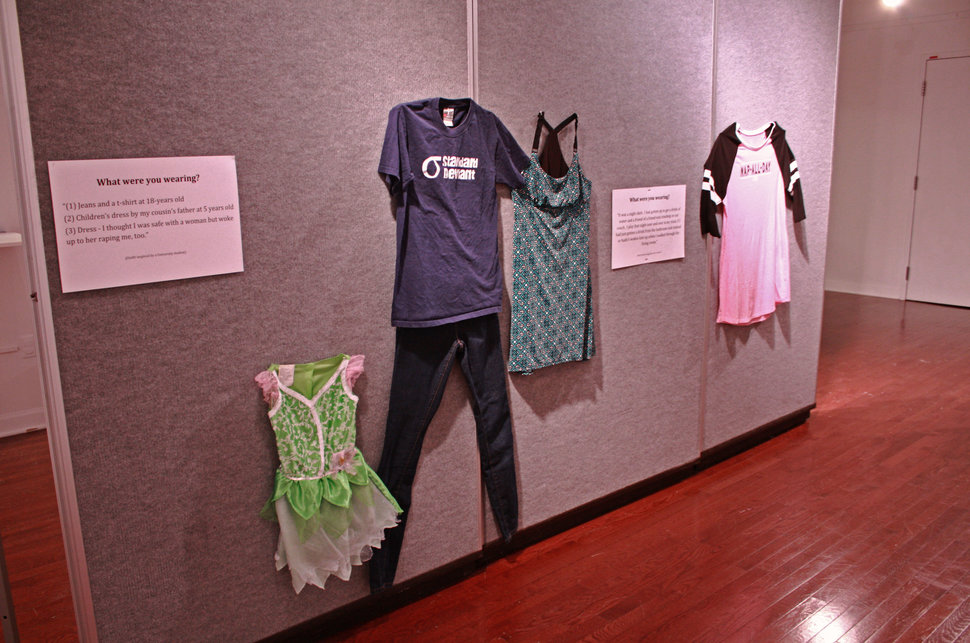
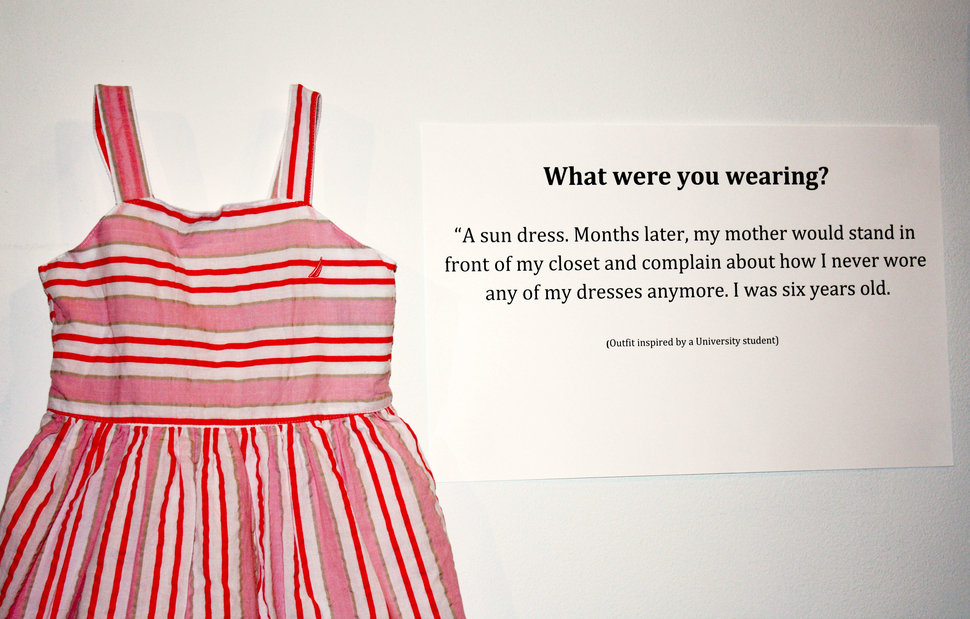




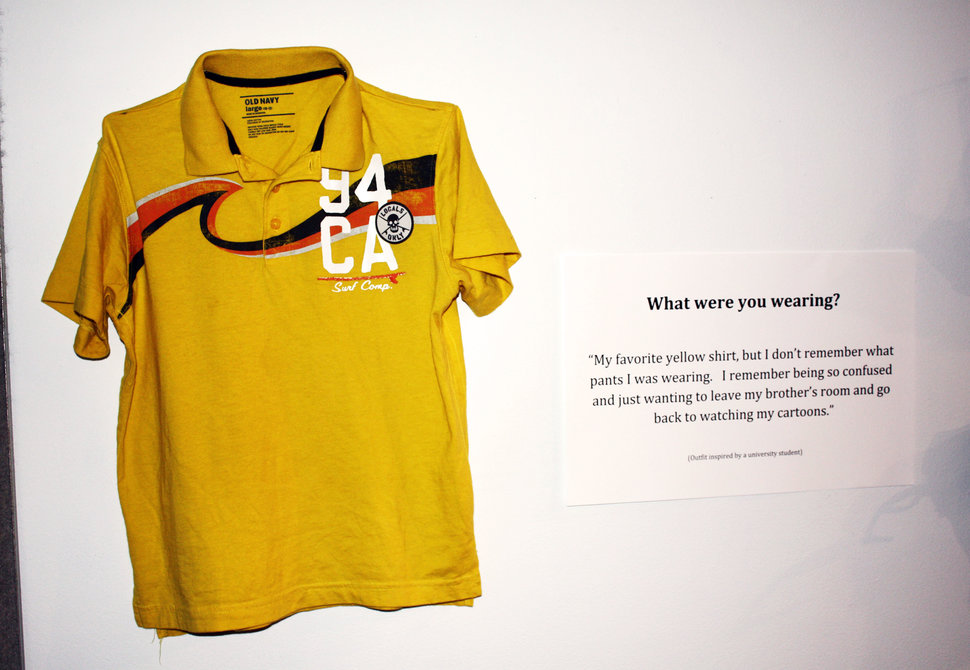


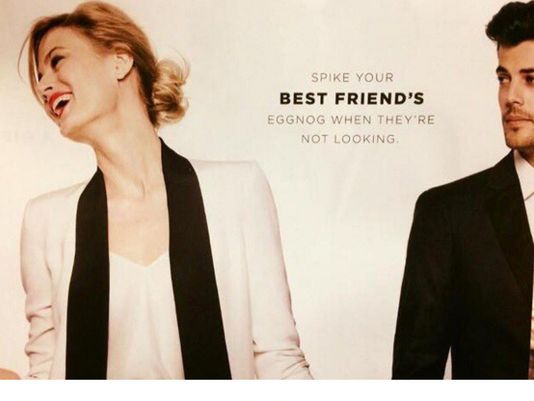


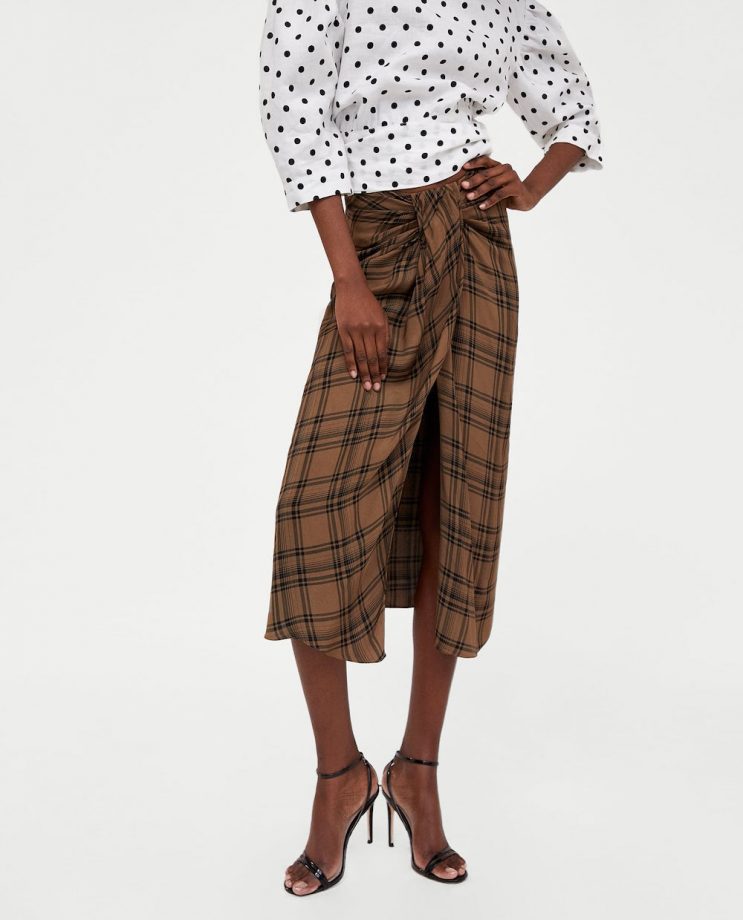

It is a powerful fight back to the argument by some people that “they become victims due to their own faults”. The exhibition showed, clearly and straightforward, that the wearing of the victims are far from imagination of exposed, naked, or sexualized: most of the victims are wearing well-covered, normal clothes that all of us wear every day. The fault can only be ascribed to criminals who committed rape and murder, and they should not ever be disculpated from what they have done. Furthermore, I think what women should not be responsible for becoming a victim of sexual crime even if they are exposed; it is their freedom to choose the outfit, and crime is crime.
I think that even if someone was wearing revealing clothes, that does not mean that they want to get sexually assaulted. Blaming the victim by what they are wearing and saying they deserve what they got because of the article of clothes they are wearing is not okay. I think this piece of art does a great job at portraying that clothes has nothing to do with the likelihood of getting sexually assaulted. Someone can be completely covered up and still be a victim to sexual assault. The problem here is not the clothing, but the person committing this horrible act.
I think that even if someone was wearing revealing clothes, that does not mean that they want to get sexually assaulted. Blaming the victim by what they are wearing and saying they deserve what they got because of the article of clothes they are wearing is not okay. I think this piece of art does a great job at portraying that clothes has nothing to do with the likelihood of getting sexually assaulted. Someone can be completely covered up and still be a victim to sexual assault. The problem here is not the clothing, but the person committing this horrible act.
I agree that this is an incredibly powerful art exhibit, turning on the commonly questioned “what were you/she/they wearing?” It flips away the idea that someone who dresses a certain way is asking to get raped, and instead shows how the problem wasn’t what a victim was wearing, but rather that there are people who prey on others. The little children’s dress next to the sports clothes really show that the accusatory ‘What were you wearing?” is not the question we should ask those that have been sexually assaulted.